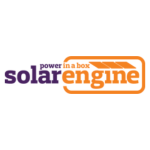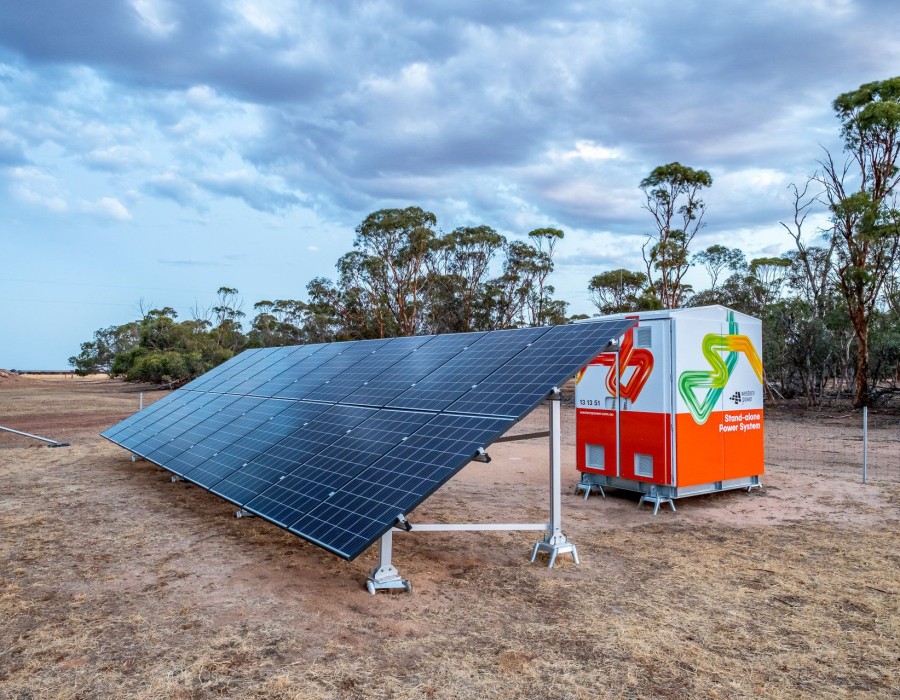In an era where sustainable and renewable energy sources are gaining increasing attention, the use of standalone power systems, such as solar systems for homes, is becoming more popular. These systems provide a reliable and independent source of electricity, reducing reliance on the traditional power grid and minimizing the environmental impact. A standalone power system, often referred to as a standalone solar system, is a self-sufficient energy solution that harnesses the power of the sun to generate electricity. Let's delve into the components that make up a standalone power system and understand their crucial roles in ensuring uninterrupted power supply.
1. Solar Panels: At the heart of a standalone power system lies the solar panels. These panels, also known as photovoltaic (PV) modules, are responsible for converting sunlight into electricity. Solar panels consist of multiple interconnected solar cells, usually made of silicon, which absorb photons from the sun and generate a flow of electrons. The size and number of solar panels depend on the energy requirements of the household or establishment.
2. Charge Controller: The charge controller acts as a vital intermediary between the solar panels and the battery bank. Its primary function is to regulate the flow of electricity from the panels to the batteries, ensuring that they are charged optimally and protected from overcharging or discharging. It also helps to extend the lifespan of the batteries by preventing any damage caused by incorrect charging.
3. Battery Bank: The battery bank is a crucial component of a standalone solar system as it stores the excess electricity generated by the solar panels. These batteries provide power during periods of low or no sunlight, such as during the night or on cloudy days. Deep-cycle batteries, such as lead-acid or lithium-ion batteries, are commonly used in standalone power systems due to their ability to withstand repeated charging and discharging cycles.
4. Inverter: While solar panels produce direct current (DC) electricity, most household appliances and electronic devices operate on alternating current (AC). The inverter converts the DC power from the battery bank into AC power, making it compatible with standard household appliances. It ensures a seamless transition from solar power to battery power, enabling the utilization of electricity for various purposes.
5. Monitoring and Control Systems: To effectively manage and monitor the performance of the standalone power system, monitoring and control systems are employed. These systems provide real-time data on energy production, battery capacity, and overall system health. With the help of advanced software and monitoring devices, users can optimize their energy consumption, detect any system issues, and make informed decisions regarding their energy usage.
Conclusion
A standalone power system, commonly known as a standalone solar system, offers a reliable and eco-friendly alternative to traditional electricity sources. By harnessing the power of the sun, standalone power systems contribute to a sustainable future while providing households and establishments with a self-sufficient energy solution. And remember, when it comes to maximizing the efficiency and performance of your standalone power system, consider integrating the Solar Engine. To learn more about them, visit their website Solarengine.com.au.






Comments